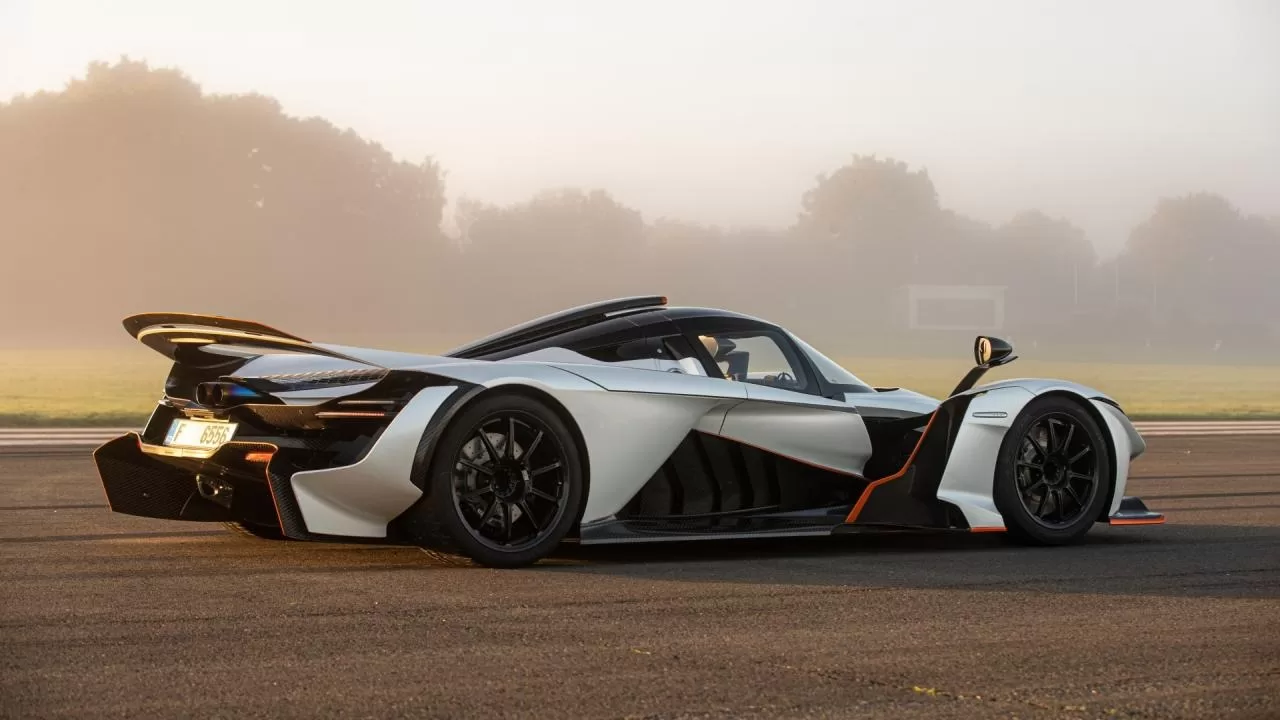Street-legal model powered by a heavily tuned V-6 will be limited to 89 units.
Would you part with $1.28 million for a new hypercar built by a company you have never heard of, from a country that has never made very-high-performance vehicles? What if it were powered by a Nissan V-6 instead of a hybrid or fully electric power-train, which we now expect in such models, or by an aristocratic and exquisitely engineered V-12, which most of us still want?
In order to persuade those who already own rarer, more extreme Ferraris to add a car from the Czech Republic to their collections, the new Praga Bohema, revealed today, has some work to do.
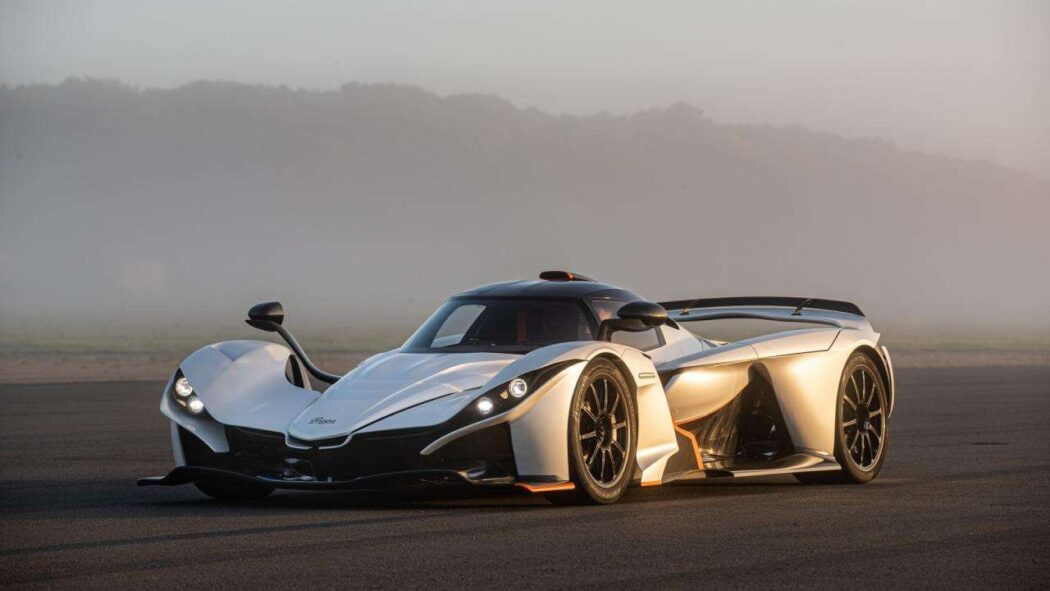
Although hypercars generally are going electric, off-the-record conversations with industry contacts indicate that sales of some pure-electric models are proving difficult. The fully electric Rimac Nevera nor its sister car the Pininfarina Battista, each limited to 150 examples, have not yet sold out. However, collectors are still eager to acquire cars with internal combustion engines.
Despite the fact that both of Gordon Murray’s T.33 and T.50 come in 100-run runs, the T.50 sold out within 48 hours. Despite being much more famous and having bespoke Cosworth V-12 engines, the Praga’s gas engine might not be the most exotic, but it might be your last chance to order a hypercar powered exclusively by a gas engine. Despite long-term skepticism regarding hybrids, Gordon Murray has admitted that all his future vehicles will be at least partly electric, and one Praga executive has admitted that they are “cutting it fine”.
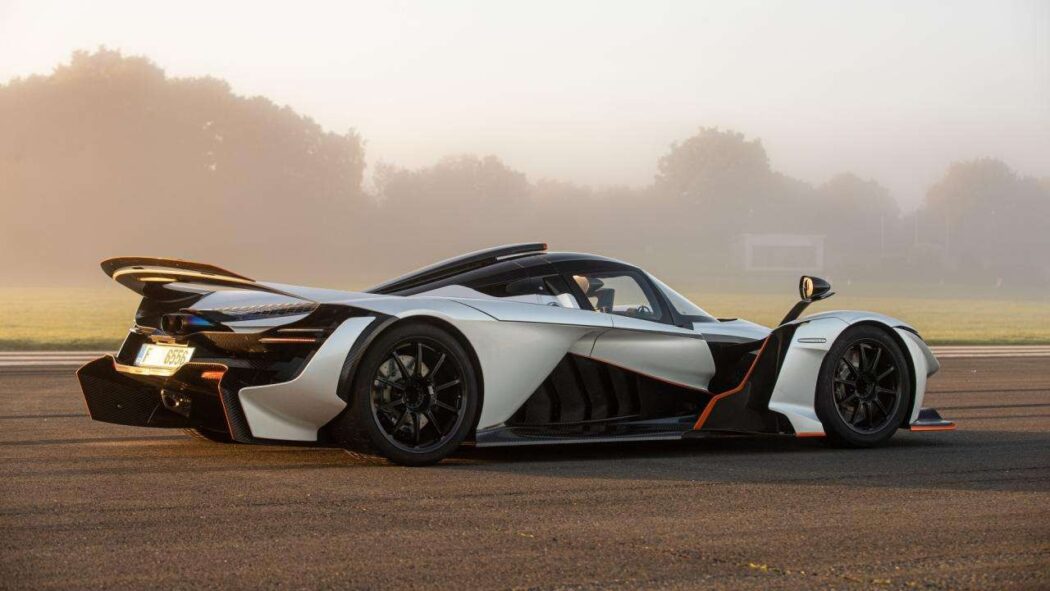
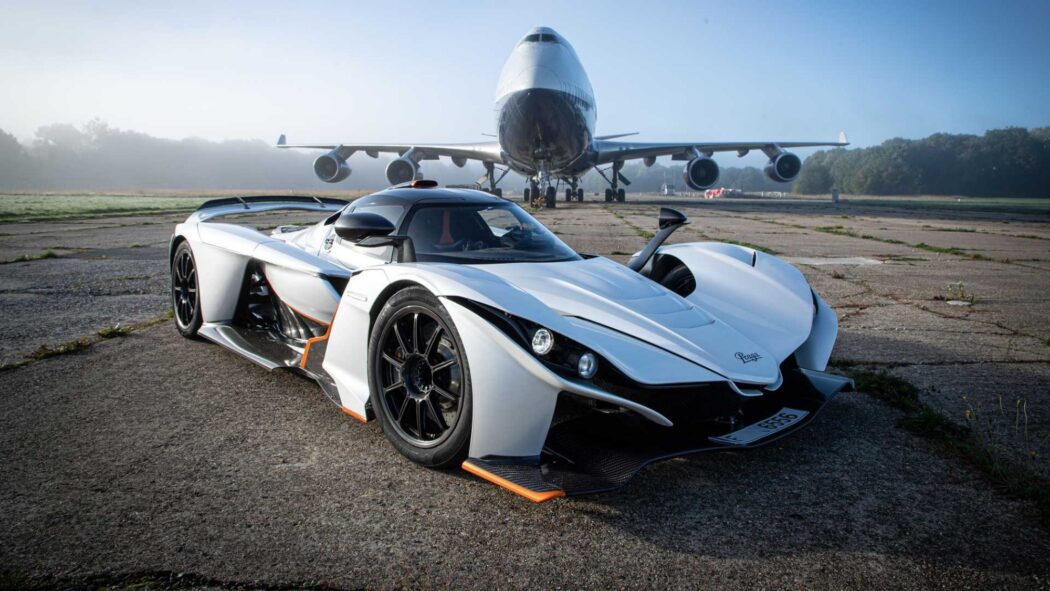
How old is Praga? It’s 115 years old, and it has made more cars and aircraft than Skoda and Tatra combined in the 1930s. Now in private ownership, Praga began making race cars 12 years ago. Communists didn’t be kind to the marque, and it ended up making trucks and transmissions. In spite of Praga’s knowledge that many customers will drive theirs straight to a circuit, the Bohema is its first bespoke hypercar designed for street use.
It is similar to the Rimac Nevera, which is also designed and engineered in-house by the Rimac company, but is from a country with little experience building such cars. In addition to being comfortable and usable on the road, the Bohema had to be the fastest street-legal car on a circuit, prioritizing light weight and aerodynamics over extreme power. Additionally, the goal was to match GT3-class racer lap times on semi-slick tires.
So the bodywork has a job to do, generating 1,984 pounds of downforce on the 2,165-pound Bohema at 155 mph, keeping drag down and feeding cool air to that oxygen-hungry turbo engine while melding the tires with the Tarmac under cornering. Its second immense advantage, however, lies in its beauty, which has also been designed and engineered by Juraj Mitro and Jan Martinek, respectively. Bohema’s semi-detached, race car-like panels are transformed into works of futurist art that seem to be in motion even when they aren’t.
Our favorite stylistic detail is the impossibly long and elegant arms on which the wing mirrors are mounted, extending from the central fuselage to the edge of the car almost level with the roof. Then there is the vast, subtly curved and low rear clamshell, which shows how low the mass sits in the chassis. It’s stunning, and a refutation of the idea that aero forces such cars to look generic.
In the cockpit, the originality continues. Upon entering, you enter through what looks more like a hatch than a door, into a cockpit so small that the two egg-shaped seats have to be positioned low and slightly behind the driver so that their shoulders do not clash. It’s remarkably comfortable though, with a motorsport-meets-luxury aesthetic unlike anything else on the road. And all of it is beautifully finished in carbon, Alcantara, and milled aluminum.
When the flyweight hatches are closed and the race harnesses are tight, it is time to start the twin-turbo engine with 700 horsepower. The Hewland sequential manual gearbox is loud and gruff, but not intrusive, and the changes from the race-spec version go in with an audible “thunk,” but they aren’t jarring. With 1.7 cubic feet of luggage in each sidepod, the Bohema is easy to imagine taking a road trip in. Low speed visibility and maneuverability are superb, even for a barely road-legal Le Mans racer.
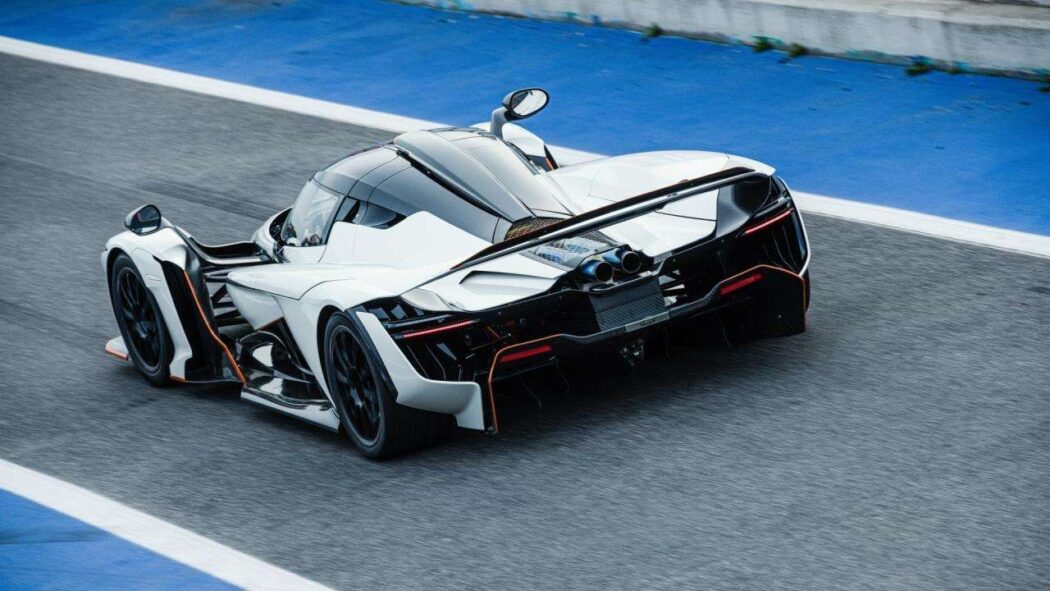
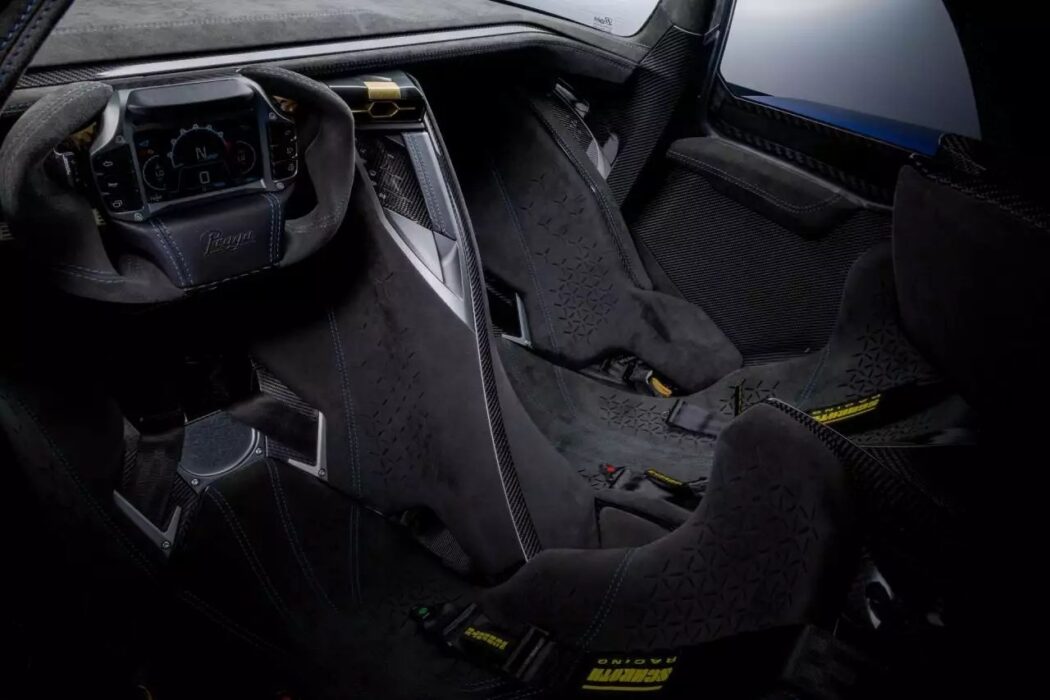
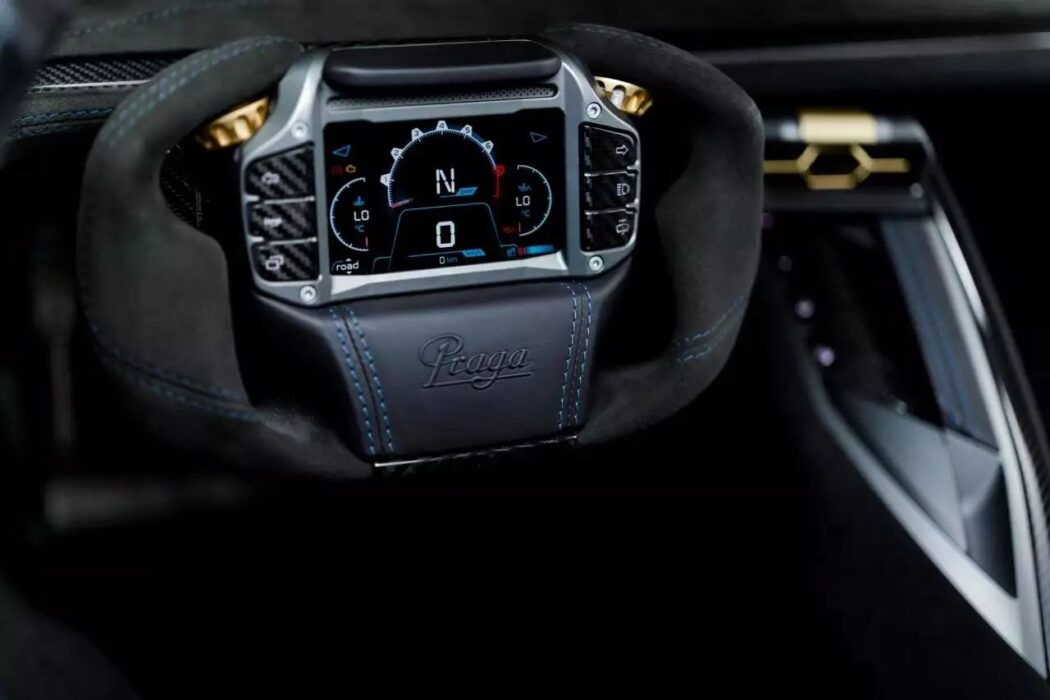
The car’s acceleration is utterly fast when the road or track opens up. Even though it can’t match the instant torque and all-wheel traction of a Nevera, it’s still terrifyingly close to the limits of your body and brain. This long-time EV advocate almost converted back to gas after hearing the hiss and flutter from the turbos’ wastegates, once thought unrefined in this increasingly electric age.
With its ever-level posture and no lag response to steering inputs, the Bohema’s lightweight nature is palpable in its handling, which is crafted by Formula 1 and IndyCar star Romain Grosjean. When you exit a bend, the carbon-ceramic discs leave you hanging in the six-point belts as they shed speed just as hard as they add it.
Having a Porsche Taycan as a daily driver and a Praga Bohema on weekends seems a fine way to see out the gas age. The vocals may be gruff, but it makes a fine end to the internal combustion engine era.


